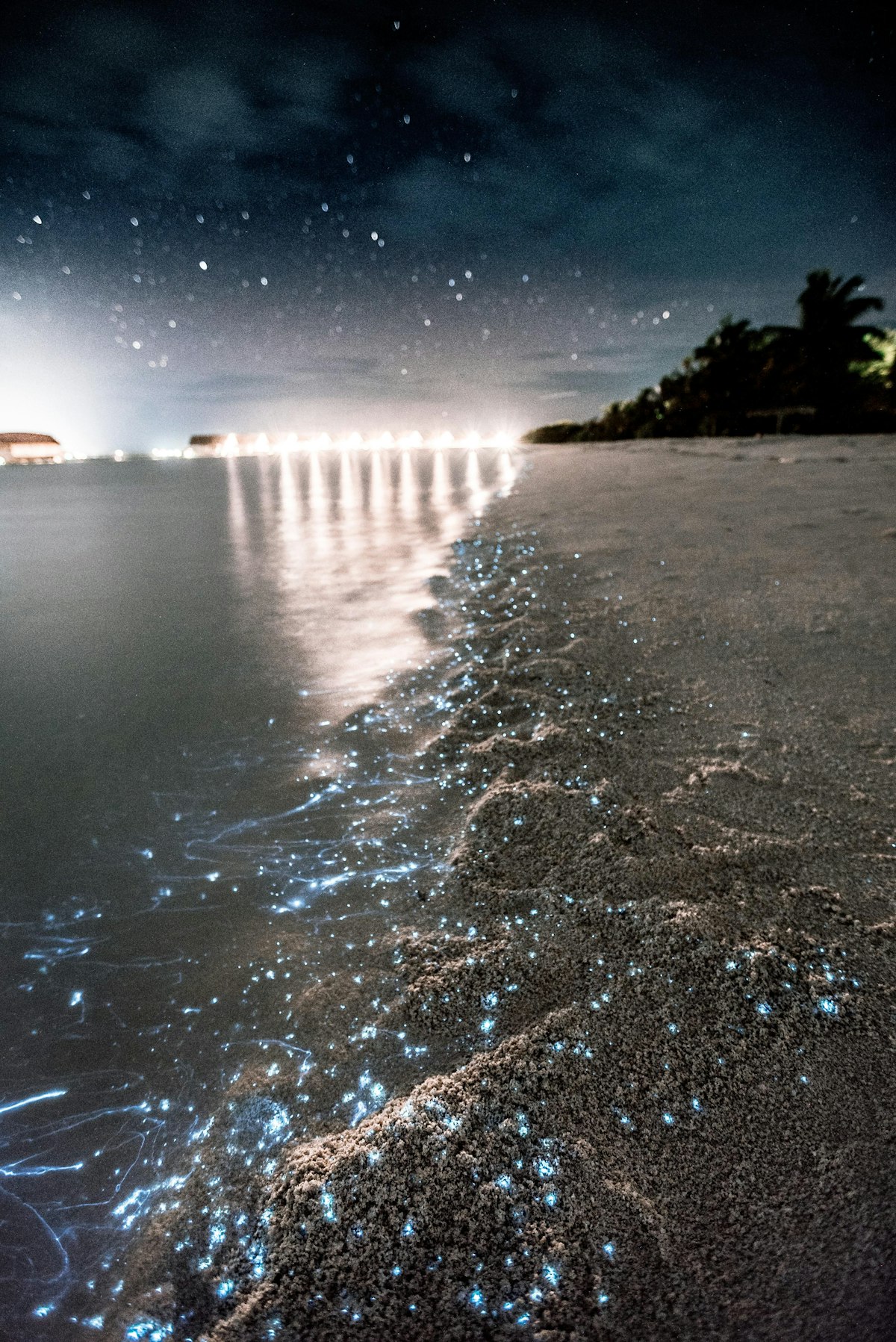How does climate change impact plankton?
The specialists warn that even moderate reductions in the variety of plankton in the oceans could mean an eventual loss of 17% of marine life.

To our eyes, plankton is the least visible link in the ocean food chain. These microscopic organisms are highly vulnerable to the slightest change in water temperature as a result of global warming. British scientists are conducting studies of changes in plankton diversity off the coast of Plymouth, southern UK.
To accurately document the impact of climate change on these organisms, they carry out sampling that can be compared with records from almost a century ago. "Taking these samples is very important, particularly because we have samples from a long time ago. So, we can look at trends over the last 30, 60, and even 90 years of consistent data and we can look at trends with global warming, changes in ocean acidification and how that impacts the food chain, what new species are appearing in the area," stated marine biologist, Clare Ostle.
They are part of the Continuous Plankton Record (CPR) program. So far they have detected that the more nutritious plankton - which was characteristic of colder waters - are increasingly moving to areas closer to the poles; while smaller plankton, which was only found in warmer waters, are now occupying previously colder sites. A phenomenon that could force marine species to adapt or migrate.
"If we think about global warming and temperature increase in the oceans, we have seen that we can have very accelerated direct changes in plankton, particularly in zooplankton, causing changes in their seasonality and causing changes in their nutritional quality in the areas where we find them. So what we are trying to find out is whether this variation in their normal ranges is having an impact on the fish that feed on them," said David Johns, CPR study director.
The specialists warn that even moderate reductions in the variety of plankton in the oceans could mean an eventual loss of 17% of marine life.
What is plankton?
In the marine ecosystem, plankton is defined as the set of organisms, whether animal or plant, that inhabit the water column and have a limited capacity to move, so their movements depend on marine currents. Since the area from the sea surface to the layer near the seafloor is known as the pelagic habitat, then plankton corresponds to all pelagic organisms that are at the mercy of marine currents.
It is generally thought that plankton is made up of microscopic or very small organisms, but in reality, it is composed of a great variety of flora and fauna, which can range in size from less than one micron (one-thousandth of a millimeter), as is the case of marine viruses, to dimensions that can exceed one meter, as is the case with some species of jellyfish that are moved great distances thanks to marine currents.
Plankton is primarily divided into phytoplankton (plants) and zooplankton (animals). However, there are also other distinctions, such as bacterioplankton (bacteria) and ichthyoplankton to refer to fish eggs and larvae, which, before their development as juveniles or adults, are part of the plankton.
Phytoplankton refers to the main plants of the oceans, which, unlike what occurs in the terrestrial ecosystem, are microscopic. However, in the pelagic environment, plants of such proportions cannot grow at great depths because they lack light. Therefore, plants have thrived as microscopic organisms floating in the shallowest layer of the sea to take advantage of solar radiation.
Zooplankton consists of animals that feed on phytoplankton, although there are not only herbivores but also omnivores and carnivores. For this reason, the food web in the plankton is very complex and the solar energy captured by phytoplankton can flow through numerous pathways.




